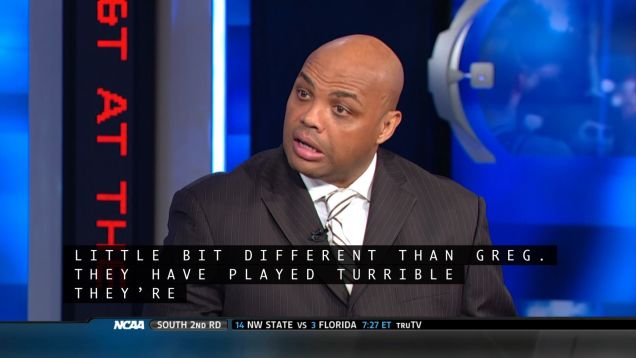You’ve seen it. Closed captions are the words on the screen available on almost every program. Some of us think of them as useful for when your spouse is sleeping or on the phone. Yes, they’re pretty useful for that purpose, but closed captions are much more important to a small group of folks, and they’re the ones we should thank for the almost universal convenience of closed captions.
“Closed captions?”
First, the answer to the question you’ve been thinking about… why are they called “closed?” Because you don’t see them unless you want to. If they were on all the time they would technically be called “open captions.” So there you go. No one uses that term, even when there are subtitles on screen. But, the term “closed captioning” is federally mandated, so it’s not likely to change.
A little history of closed captions
Closed captions were invented in the 1970s, a decade known for its outreach to folks with different abilities. It was in the 1970s that sidewalks got ramps, that door handles turned into those lever things you see in offices, bathroom doors got braille, and it was in 1979 that closed captioning was first demonstrated, as a way to help deaf and hard-of-hearing individuals enjoy TV. Captioning, when it did happen, required a special box that sat on top of the TV (literally a set-top box) that decoded the captions and displayed them on the TV screen.
A big plus for closed captioning came in 1990 when a pair of laws were passed requiring all TVs larger than 13″ to include mandatory closed caption decoders. By 2000, almost every TV program had closed captioning, which became mandatory in 2002. That was, I would say, the peak of closed captioning. It was available to everyone and it was very easy to use.
The HDMI problem
However, there was a big setback for closed captioning when the government failed to require closed captions be sent over HDMI cables. In fact, there is no standard at all for closed captioning over HDMI, causing most pay-TV receivers to implement their own captioning schemes or risk violating the Americans with Disabilities Act. Unfortunately, these captioning schemes vary in quality and no matter what you lose the convenience of simply getting closed captions when you mute the TV.
Closed captioning is here to stay, and…
…with the advent of cable, satellite, and streaming there has been an improvement in closed captioning. No, you’re unlikely to ever return to the days of muting and automatically getting captions. But, that’s less important as we now have the ability to pause if we need to deal with something else.
More and more programming is closed-captioned on the fly very effectively using computers. Speech recognition systems feed captions faster than humans ever could. Not only that, they automatically translate to multiple languages whenever that’s needed.
Captions on recorded programs are often available in multiple languages too, making it easier for everyone to enjoy a program. Until the 21st century, it was rare to see multilingual captions, and it’s very common today.
Will there be improvements in captioning?
While there is a lot to like about closed captions today, there are still some issues. The quality of the captioning display varies wildly from near-print quality to all caps letters spread out like the picture at the top of this article. Captioning rules don’t apply to streaming unless the content also airs on broadcast TV. Although most major streaming apps do feature captioning, they aren’t required to and that could easily change.
Given the climate in Washington in the past decade, that’s not likely to change. That’s is a real shame because there was a very short period of time when closed captioning really worked for everyone and worked well. But nonetheless captions still work for the people for whom they were intended, the people who rely on them for all their broadcast TV enjoyment. For the rest of us, they’re convenient, getting better, and surprisingly common. What else could you ask?
This article is brought to you by Solid Signal. Shop SolidSignal.com for everything you need to live your best digital life!




